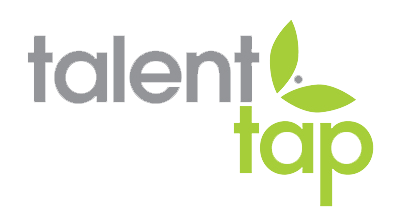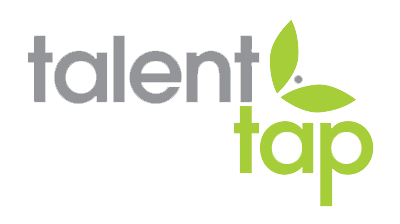In-person, Remote or Hybrid Work? The Battle of the Moment!
Bernadette Hill
April 4, 2022
How many times have you had a conversation about the current state of work recently? If you’re a professional in corporate America, it’s probably more times than you can count. With the risk of sounding like a broken record, we are living through unprecedented times. And with these times, comes the need for an adjustment to and/or assessment on how we operate.
Though global health crises are not exactly new, a pandemic in the 21st century brought an entirely different perspective. High speed internet, the staple of the modern century, provided not only a means to share information and keep people connected, but also a way for people to continue or begin working in a relatively novel way - entirely remotely. Though not everyone was fortunate enough to have this option, it seemed that most of those that did found it to be a blessing (Robinson). With pandemic restrictions easing after nearly two years of uncertainty, companies are now grappling with which work environment will serve them best; resulting in the battle of the moment: In-person vs. remote vs. hybrid work. Let’s dive into the benefits and drawbacks for each environment.
In Person
The “traditional” work environment in corporate America is in-person, where employees are assigned a workspace in a location their company has obtained to house their workforce. These company spaces are often best for synchronous communication and collaborative work; where you can pop into a coworker’s office for a quick update or grab lunch with your manager at a nearby sandwich place. There are several drawbacks not to be ignored, however; including, but not limited to: long commute times, expensive office leases, and harassment and/or micro-aggressions. As a result of both the drawbacks and the pandemic, this type of work environment seems to be slowly phasing out.
Remote
Remote work completely changed the narrative when it came to how people work. It allows for people to work from anywhere with a reliable internet connection; thereby working in (ideally) their most comfortable environment and avoiding both workplace interruptions and their dreaded commute. In many cases, companies saw an increase in productivity when their
employees didn’t have to worry about the pitfalls of in-person work (Rosentals). Remote work still allows for collaboration, with the help of tools like Slack, Teams, Google Suite, and more; but is definitely helpful when it comes to asynchronous, individual work. Remote work is not without its own pitfalls, however. “On average, remote workers worked almost a full hour more than their in-office and hybrid counterparts.” (Rosentals) Having constant access to your computer means a “quick” email check at 11pm, or working a bit longer because you don’t have the long commute home; thereby disrupting the coveted work-life balance. Still, the vast majority of corporate professionals seem to prefer working remotely, or at least having the option. Which leads us to the hybrid environment
Hybrid
The hybrid work model is ideally the best of both worlds - where employees can work either in-person and/or remotely. The trick, however, is establishing a remote presence as a baseline. That way, employees can elect to come into an office at a cadence of their choosing or for needed team/client meetings. When they are not in the office, they still have the connection and capability to work as if they were with modern technologies such as Zoom and Slack.
Takeaway
As a result of the Great Resignation, the job market is in a state of flux. Companies are now in fierce competition with each other to find and retain top talent. In turn, many have adopted remote or hybrid models as a state of being, and not as a benefit. At this point in our collective experience - two years into a global pandemic that proved we can work remotely and effectively, companies don’t have much of a leg to stand on when it comes to requiring in-person work. Candidates have a variety of companies to choose from these days, and the vast majority are likely offering a remote or hybrid schedule. With this in mind, talent acquisition professionals the world over would likely recommend switching to a fully remote, or at least a hybrid environment, in order to ensure your organization can keep up with the ever-evolving nature of work.
At the end of the day, it is your duty as an organization to keep your finger on the pulse of the workforce. If the pandemic has shown us anything, it's that it is crucial to be able to adapt. Remote and hybrid work is an excellent example of how the workforce can change and still continue to thrive.
Works Cited
Robinson, Bryan. “3 New Studies End Debate Over Effectiveness Of Hybrid And Remote Work.” Forbes, 2022,
Rosentals, Artiz. “In-Office Vs. Remote Vs. Hybrid Work Two Years Later: The Impact On Employee Efficiency.” Forbes, 2022,
Share This Post!
Talent Tap Trends & Insights | Lancaster, PA



